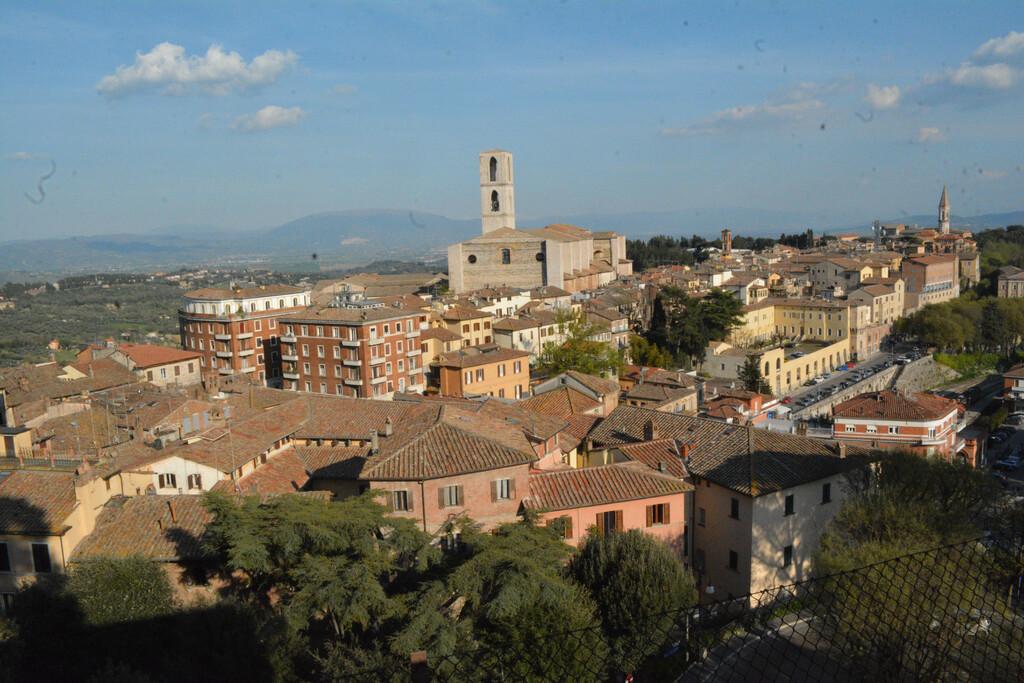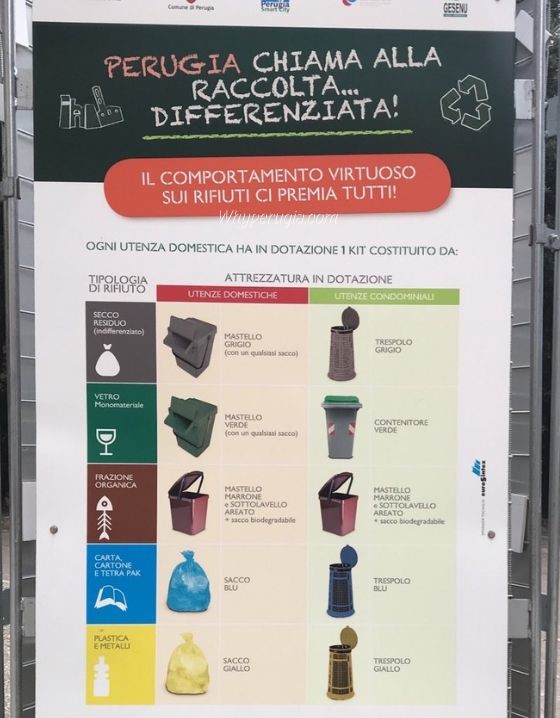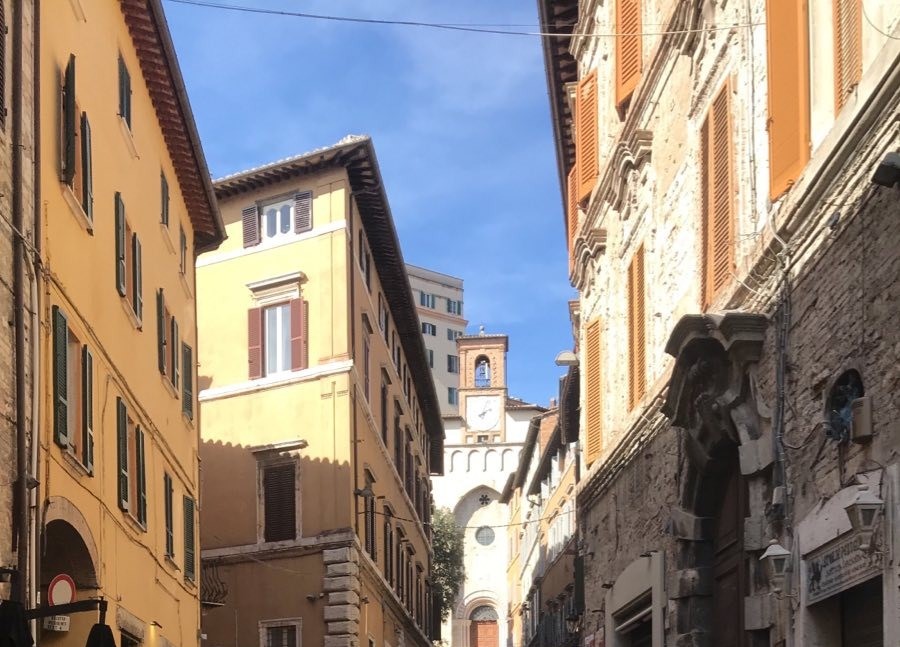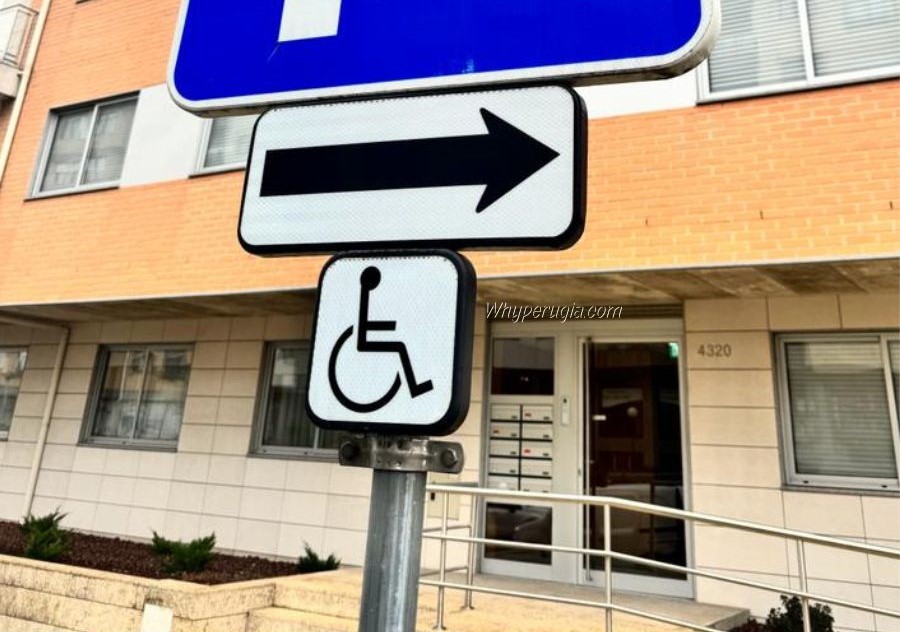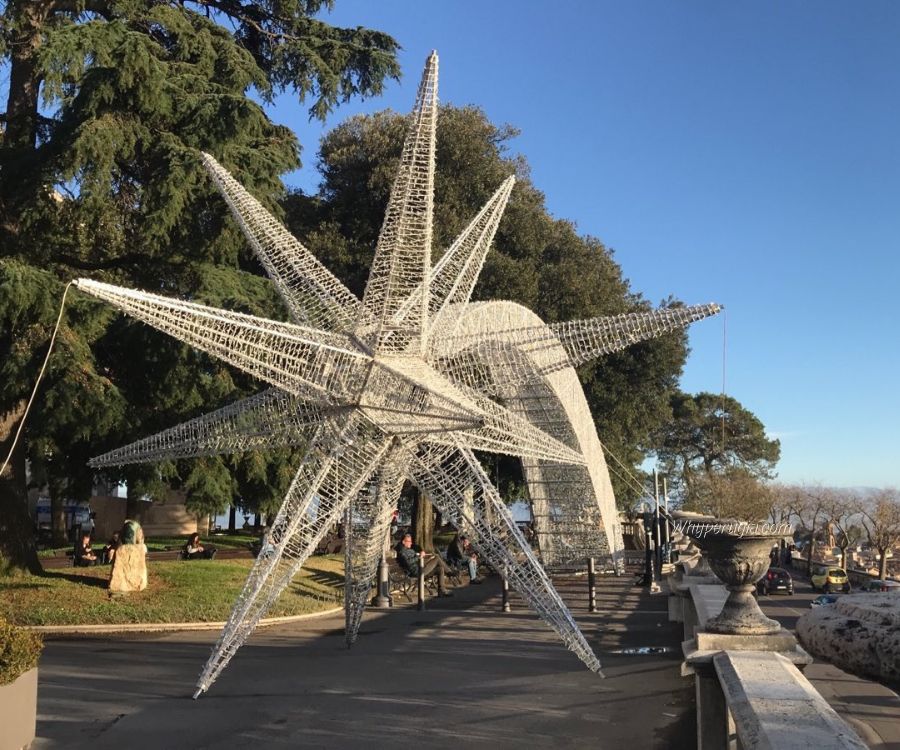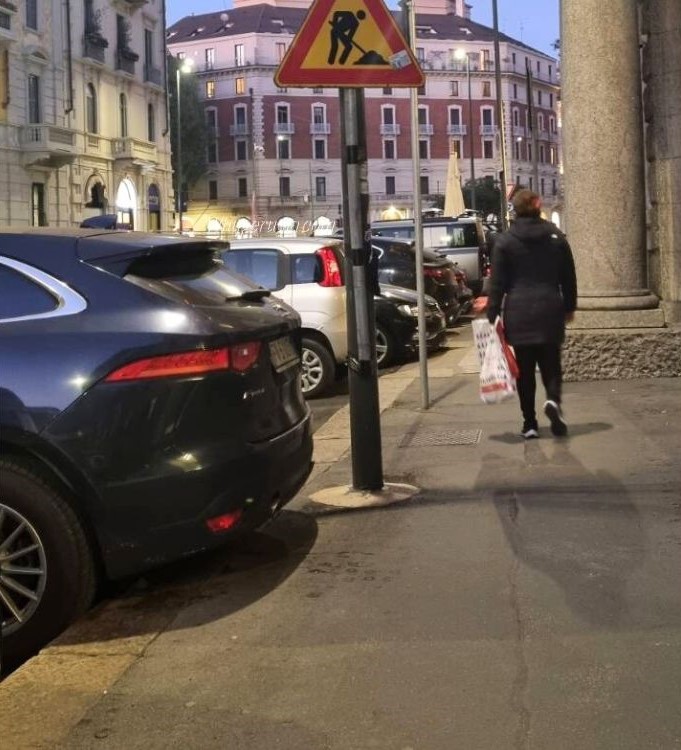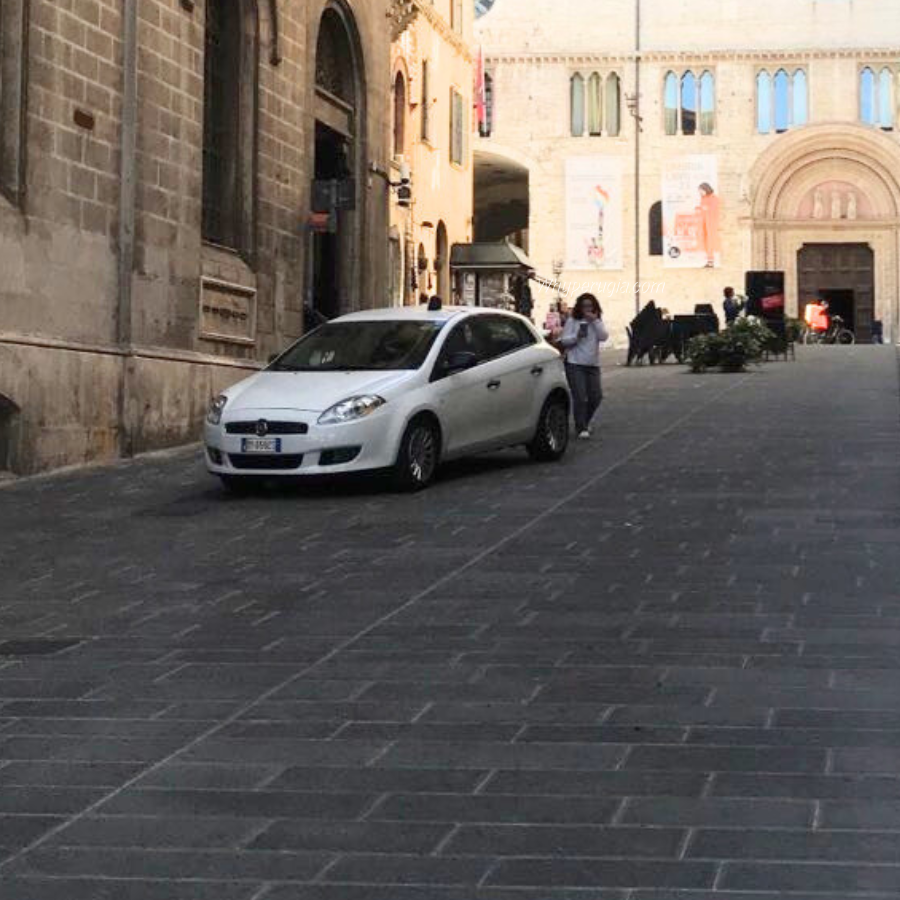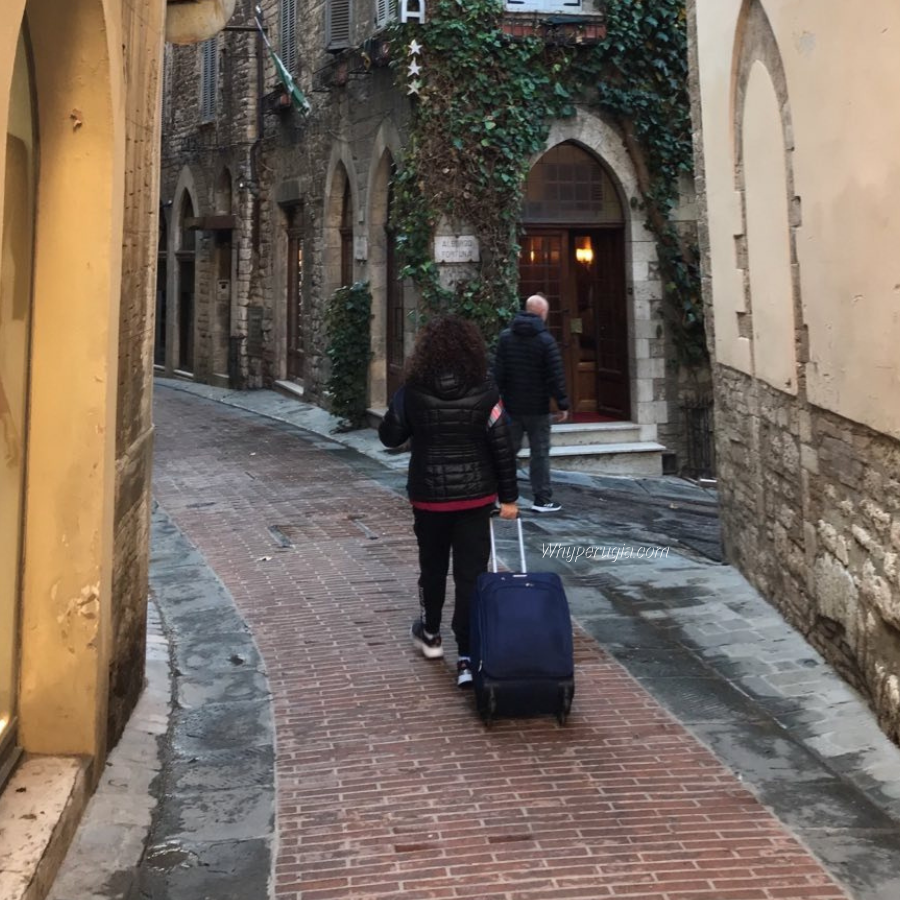Perugia, often described as an Italian gem tucked within the picturesque Umbrian landscape, indeed occupies an elevated position that has played a pivotal role in shaping its character and aesthetic appeal. The city is perched atop a series of hills, bestowing upon it a panoramic vista that captivates the eye and spirit.
The historic city center, with its winding streets and charming architecture, proudly rests on these elevated contours. This elevation is not merely a geographical feature; it’s a testament to Perugia’s historical significance as a defensive stronghold and a beacon of cultural heritage. As you traverse the labyrinthine alleys and hidden piazzas, you’ll encounter breathtaking views that unfold over the surrounding valleys and rolling hills.
Perugia’s hilltop perch has informed its urban layout, contributing to its enchanting maze-like design. The inclines and declines of the terrain create an ambiance that invites exploration and evokes a sense of wonder. Whether you’re meandering through its ancient archways, visiting historic sites, or simply savoring a leisurely stroll, the elevation bestows a unique and immersive experience.
This elevated geography also influences the city’s cultural fabric. The vantage points provided by Perugia’s hills have inspired artists, writers, and thinkers for centuries. The city’s artistic and intellectual endeavors are inextricably linked to the panoramic views that the elevated setting affords.
Perugia’s population of around 168,000 places it in the realm of a mid-sized city, striking a balance between urban vibrancy and a sense of community intimacy. Its elevated position atop a series of hills lends it a distinct charm and historical significance, shaping both its architectural layout and its cultural identity.
This unique combination of population dynamics and elevated geography makes Perugia a captivating destination that offers a multifaceted experience to all who visit or call it home.

